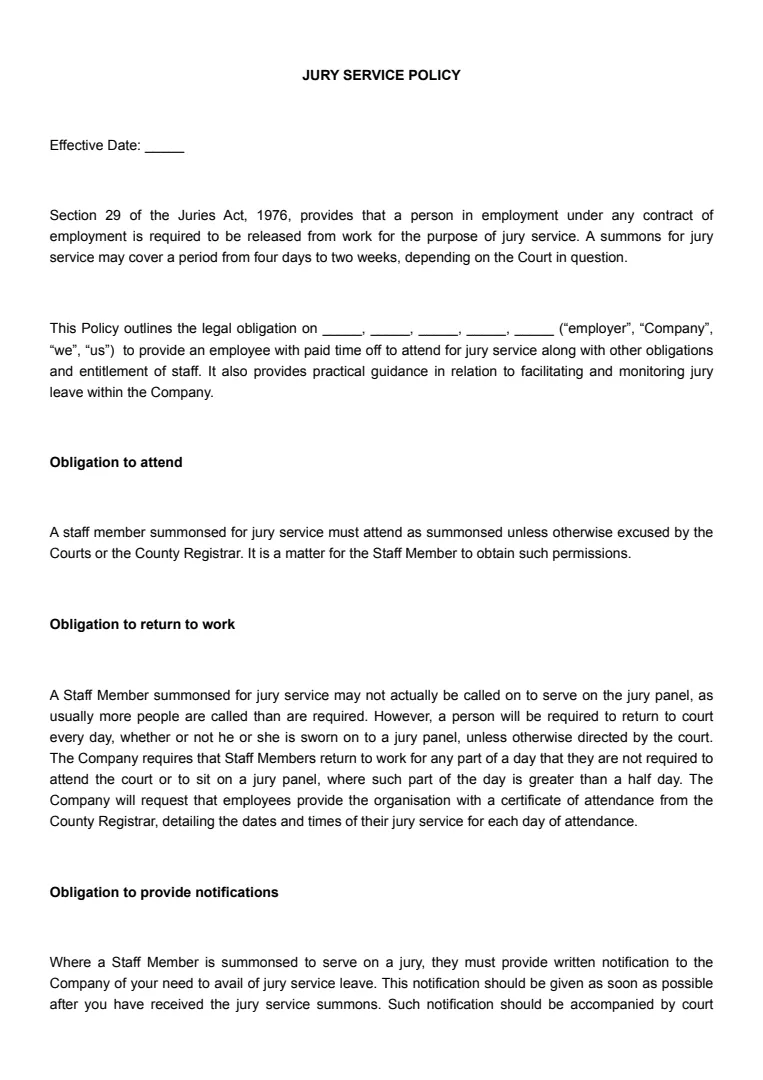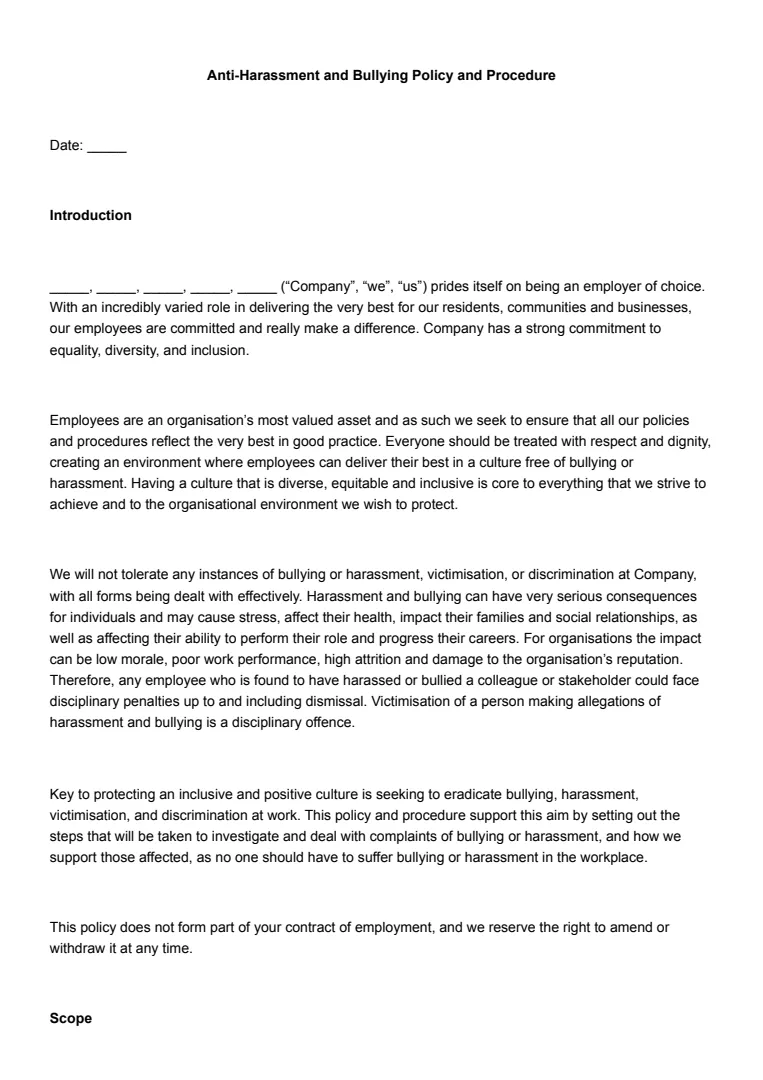What Is a Hybrid Working Policy?
A hybrid working policy is a set of guidelines that outlines how you and your colleagues can mix remote and in-office work. This approach offers flexibility, allowing you to choose where you work best, whether that's from home, in the office, or a bit of both.
Hybrid working often involves a few days in the office and the rest away. You might work three days at home and two in the office, for instance.
These policies detail who can work hybrid, how to apply, and what tools you need.
Key elements of a hybrid working policy include:
- Eligibility: Not all roles fit hybrid work. Your policy should clarify which job types are suitable.
- Request Process: A clear method for applying to work in a hybrid manner benefits everyone.
- Technology Support: Making sure you have the right tech is crucial for successful remote work.
- Manager Guidance: Leaders need tips on overseeing team members who may not be in the same space.
This policy aims to offer employees greater autonomy while ensuring productivity isn't compromised. With proper communication and set expectations, hybrid work can create a more balanced work-life environment.
When Is a Hybrid Working Policy Needed?
A hybrid working policy becomes necessary when your organisation is considering offering employees the flexibility to split work between home and the office.
This policy helps in setting clear expectations for both employees and management, ensuring smooth adoption and operation.
If your team needs the benefits of both remote work and office collaboration, you might want to consider this policy. Using it when balancing different work environments is crucial for boosting productivity and morale.
If you’re an employer, consider implementing a policy when employees express interest in flexible work arrangements. A formal framework can handle these requests systematically.
You’ll need a policy when managing resources and maintaining security across locations becomes essential. It ensures there are guidelines on equipment usage and network security.
Another situation involves compliance with legal or contractual obligations. A written policy can help adhere to employment laws and contractual terms, protecting both employee rights and organisational interests.
How to Write a Hybrid Working Policy
A clear and comprehensive hybrid working policy is essential for any organisation where this type of work is an option. You can write this policy by following these steps.
Step 1: Introduction
Start with a clear introduction that outlines the purpose of the policy.
Explain the concept of hybrid working and the reasons for its implementation in your organisation. This sets the context for the rest of the document.
Step 2: Define the Scope
Clearly define the scope of the policy. Specify who it applies to, such as full-time, part-time, or contract employees.
Identifying all stakeholders involved ensures that everyone is on the same page.
Step 3: Outline Working Arrangements
Detail the division of work between home and the office. This could involve setting specific days to work remotely or offering flexible options based on roles.
Including a table to illustrate different arrangements can enhance clarity.
Step 4: Address Performance Management
Explain how performance will be evaluated when employees are working remotely. This is essential for maintaining transparency and accountability.
Indicate how often performance will be assessed and what metrics will be utilised to set clear expectations.
Step 5: Handle Requests and Approvals
Outline the process for handling requests and approvals for hybrid working. Detail how employees can apply, and describe how decisions will be made.
Providing clarity here helps prevent misunderstandings later.
Step 6: Training and Support
Consider any training that might be needed to support employees, especially those new to remote working.
Explain how you’ll provide training on communication tools, time management, and self-discipline to enhance productivity.
Step 7: Regular Policy Reviews
Emphasise that the policy is a living document. Regular reviews ensure that it remains effective and relevant as circumstances and technology evolve.
Keeping it up-to-date helps adapt to changing organisational needs.
You can use a hybrid working policy template to help create this essential document.













